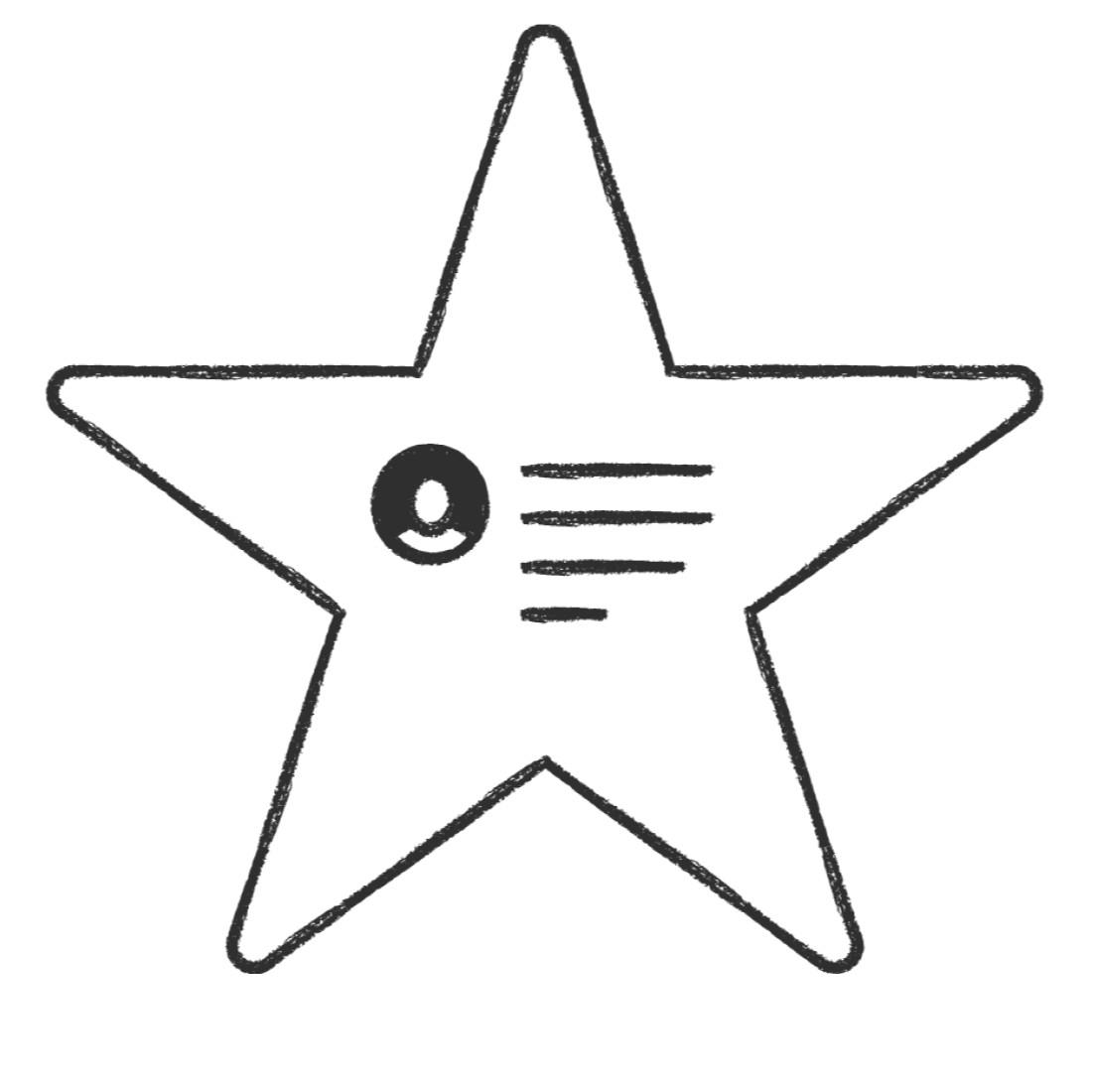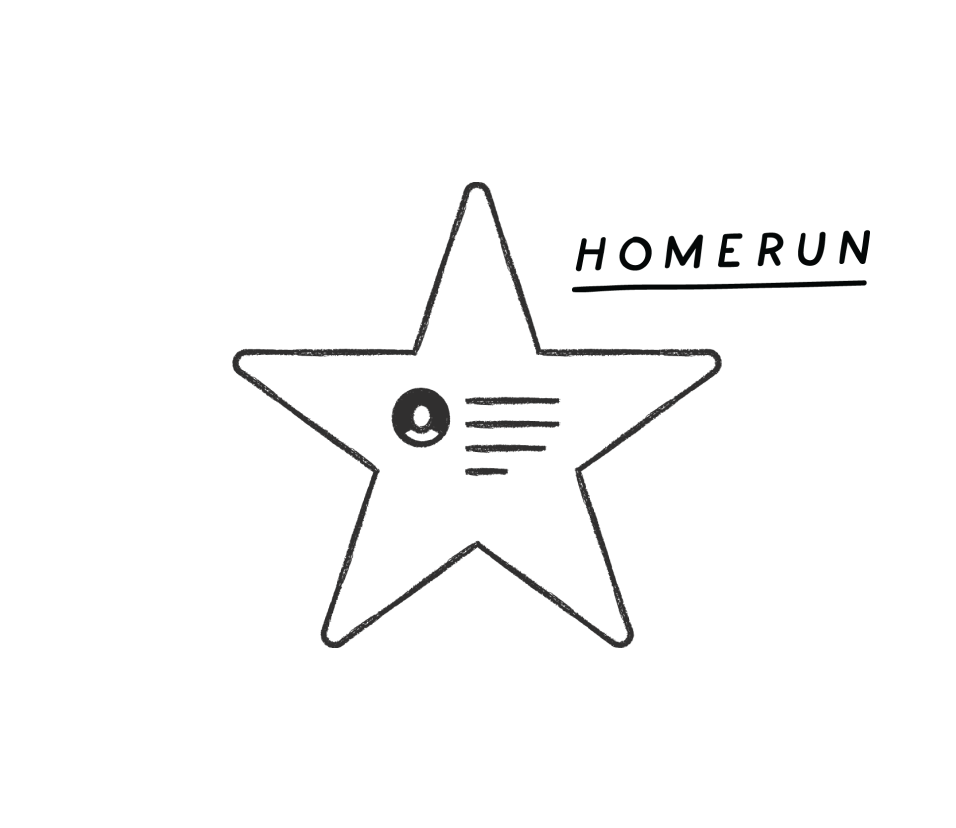What is a statement of work (SoW)?
A statement of work, also known as a SoW, is an essential project planning and project management tool. At its most basic, it acts as a kind of formative contract between a customer and a company.
It encompasses all the key elements that'll go into a project, outlining its lifecycle and scope, as well as defining what is included in the framework of the project and what isn't. They contain a lot of information, but since they are only a part of your project plan, their page count shouldn't be out of control. Keep it to a few pages long.
Statements of work come at the very beginning of a project's development. They lay the groundwork for your project plan and project charter. They're usually written by project managers and key members of project teams, but they also have to be accepted by both the client and other key external stakeholders before the project moves forward.
What does a statement of work (SoW) include?
Statements of work are flexible depending on your specific project needs, but they usually include the following elements:
- Basic information like project name, current date, project information, and project duration. It also usually specifies who the project manager is, as well as vendor, contractor, client, stakeholder, and team members' information.
- A project introduction that gives some context to your project, describes what it is, and specifies who will be working on it.
- Project background that specifies any relevant history or other market information.
- A purpose statement that describes what problem your project is solving and why it's necessary, interesting, or useful.
- A scope of work or scope section (confusingly, this can also be referred to as a SoW).
Pro Tip: The scope of work is arguably the most important part of your statement of work as it establishes what's included within the boundaries of your project and what isn't. This section can save you from sticky situations down the road.
- A timeline or rough schedule that outlines initial dates for key milestones and deliverables. At this stage, there's no need for a high level of detail.
- A task breakdown that divides your project into specific tasks and/or subtasks.
- Project budget, payment terms, payment schedule and/or other information about payments.
- Project closure protocols that describe the framework for how your project will ultimately be concluded.
- Statement of work acceptance and authorization documents and information.
What can a statement of work do for me?
Statements of work are incredibly useful documents that'll make your life much easier throughout your project's lifecycle. When done well, they'll bring you tons of benefits, because they:
Increase Clarity
A great statement of work is in the best interest of both the service provider and the client. This is because it provides a clear account of exactly what's included within the framework of a project and makes sure that everyone knows it. This helps the provider allocate resources and avoid scope creep while reassuring the client regarding exactly what they can expect to receive at the project's closure.
Help You Get Organized
Since SoWs outline all the elements, activities, and details that make up a project, they're great tools for helping project teams with organization. They act as a great guiding documents that can be referred back to as a resource throughout your project's lifecycle whenever anyone has any questions about what they should be working on and when.
Informs Project Planning
Statements of work are highly useful planning documents. Not only do they help inform the writing of your project plan and/or project charter, but they also help you plan out your own work on the project.
They might be a bit of a pain to put together at the outset, but once you have everything down on paper it'll make the first project development steps much easier for both yourself and your team.
Slite's free statement of work template
One of the biggest hurdles when it comes to putting together a work statement is getting started. It can be intimidating to know where to begin, and many project teams struggle to work on them collaboratively.
That's where Slite comes in. We're passionate about helping teams work together seamlessly with one of the best knowledge management softwares and project management softwares. Also, we've got a free SoW template just for you. It looks great across all devices, is easy to customize and can be worked on collaboratively with ease.
What are you waiting for? Get that work statement together and start reaping the benefits.
How can I get started with my statement of work template?
If you're working on a project that would benefit from a great statement of work or have projects coming up in the near future, start putting together a SoW document by:
Make A Collaborative Outline
Before writing your statement, get together with the key parties involved and have a brainstorming session. Make sure to discuss things like assumptions, services, expectations, materials, requirements, project scope, task list, performance, terms and conditions, project goals, and end results before anything is agreed upon (just to name a few). This will help ensure that you don't forget anything in your statement of work and that you get started on a collaborative note.
Source Visual Elements
A written document can include visual elements too. When customizing your work statement, template, be sure to support your statement with things like images, graphs, and videos. These are perfect for presenting things like project deliverables, project information, period of performance, business and market context, and budgetary information. You should also make sure your format is consistent across the board.
Pro Tip: Visual elements are processed much more quickly than the written word and some people greatly prefer them.
Start Writing With Clear Language
Your statement of work will likely be read by a wide range of people, so make sure that it's easy to understand. Avoid high-level or industry-specific language and make sure that your document is clear and can be easily understood.
Use Statement Of Work (SoW) Templates
If you're having trouble getting inspired, be sure to use a statement of work (SoW) template like ours. It'll provide some orientation to your writing process and provide a statement of work example to give you some guidance. Then you can proceed to write a project management charter
...there you have it! You're well on your way to putting together the perfect statement of work for your upcoming project.


